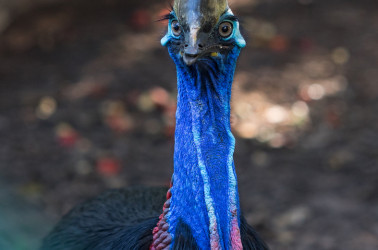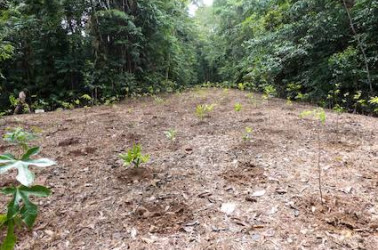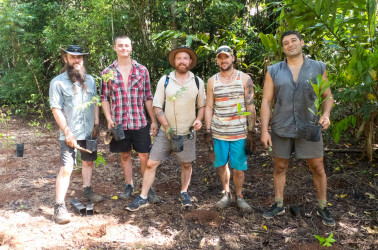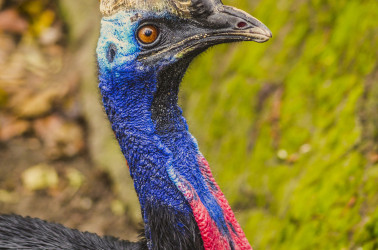The Project:
The number one threat to the Southern Cassowary is the loss of their tropical rainforest habitat which has been reduced by 75% by past land clearing for agriculture and coastal development. Now only 4,500 Southern Cassowaries survive in the wild.
The number of Southern Cassowaries will increase if habitat is restored and through this project, we will establish another 3,300 rainforest trees in the Daintree Lowland Rainforest.
Each $10 raised will plant and maintain one tree.
Solution:
The best way to help the Southern Cassowary is by expanding its habitat and through this project a total of 3,300 rainforest trees will be established to restore two hectares of lowland tropical rainforest. This is above the 5000 trees already planted through the partnership.
The Daintree Lowland Rainforest is the largest extent of lowland tropical rainforest remaining in Australia. While the rainforest is mostly intact, past attempts to establish agriculture saw some properties cleared for farms and 50 km of roads were constructed for a 1980’s rural residential subdivision. Re-establishing tropical rainforest will directly help the Southern Cassowary and other endangered species found in the Daintree Lowland Rainforest include the Bennetts Tree-kangaroo, Musky Rat-kangaroo and the Northern Quoll.
Urgency and action:
The most important action we can take for the Southern Cassowary is the restoration off its rainforest habitat. The act of planting trees provides a very direct response and past projects have shown Southern Cassowary will start visiting rainforest restoration sites almost immediately.
This this second round of funding the Foundation for Australia’s Most Endangered Species Limited has provided for the Saving the Iconic Cassowary project. As soon as the fundraising target for this project has been met, we can consider expanding the project to a third round. Our ability to plant more trees and restore habitat is only limited by funding.
Partners:
The nonprofit organisation Reforest Now will implement this project.
The Foundation for Australia’s Most Endangered Species Limited and Reforest Now have previously worked together in restoring the habitat of the Southern Cassowary with the successful planting an initial 5,000 trees in January and April 2019. We are now continuing this this work with a second monetary grant to establish an additional 3,300 trees.
Reforest Now will prepare the site, plant the trees and maintain them for three years by which time they will be established. Reforest Now will monitor the area with motion cameras to capture images of Southern Cassowaries and other wildlife as they return.
UPDATES:
Thank you to the ANZ Community Fund for their generous support for Stage 2 of this project.
PHOTOS:
- Southern Cassowary
- Planted area from Stage One
- Team at Reforest Now



